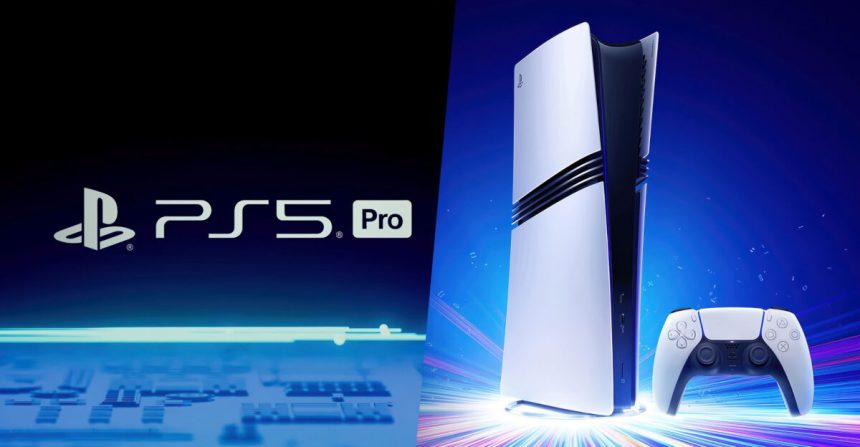Sony has announced a $50 increase in the retail price of its PlayStation 5 consoles in the United States, citing the effects of new import tariffs on electronics. The new pricing brings the PS5 Standard Edition to $549.99, the Digital Edition to $499.99, and the PlayStation 5 Pro to $749.99.
The decision comes after months of speculation over whether gaming giants could continue shielding consumers from rising global trade costs. Until now, Sony had managed to absorb earlier tariff pressures through stockpiling and supply chain adjustments. But the latest trade restrictions have tipped the balance.
Tariffs and the Tech Industry
The increase reflects broader tensions in the global economy. Recently imposed tariffs on electronics imported from Asia have pushed production costs higher, leaving manufacturers with little choice but to pass part of the burden onto customers.
While this is Sony’s first U.S. price adjustment since the PS5 launched in 2020, the company had already raised prices in Europe, Australia, and parts of the Middle East earlier this year. The U.S. market, however, represents the most symbolic battleground, given its size and influence in shaping global gaming trends.
Sony is not alone. Analysts note that rival console makers are quietly adjusting strategies, with Microsoft and Nintendo also expected to review pricing in response to the same trade realities. The ripple effect could extend beyond hardware, influencing how much players pay for accessories, subscription services, and even digital games.
The timing is particularly sensitive. The gaming industry is preparing for major releases, including long-awaited titles expected to drive record sales. A higher entry cost for consoles could dampen excitement, particularly among younger players who form the backbone of the market.
Why it Matters
For gamers, the hike may feel like an isolated inconvenience. But for the broader digital economy, it is a clear signal that technology is increasingly entangled with trade policy. The price of a console in New York or Lagos now depends as much on tariff charts as it does on semiconductor innovation.
This raises uncomfortable questions about affordability and access. In emerging markets, where gaming consoles already sell at a premium due to import duties and currency fluctuations, U.S. price hikes could further widen the gap between players in developed and developing economies.
Sony’s announcement underscores a new reality: consumer tech is no longer insulated from global politics. If tariffs remain, the gaming industry could see slowed adoption rates, delayed innovation cycles, and a shift toward alternative platforms such as cloud gaming.
For now, the PlayStation 5 remains one of the most sought-after consoles worldwide. But the latest move is a reminder that behind every price tag lies a complex web of trade decisions shaping the future of entertainment.
Talking Points
Gaming is no longer just fun—it’s geopolitics. Sony’s $50 increase is more than a price adjustment; it’s a reminder that the games we play are now shaped by tariff wars and global trade policies. If politics can dictate the cost of entertainment, what’s next?
Africa will pay the steepest price. In Nigeria, Kenya, or South Africa, consoles are already two to three times more expensive due to import duties, shipping costs, and exchange rates.
A U.S. price hike only widens the digital divide, making gaming in Africa increasingly elitist. Should Africans now turn to cloud gaming or mobile-first ecosystems instead?
This could stifle youth creativity. Gaming isn’t just play—it feeds esports, content creation, and even coding inspiration.
Pricing young people out of consoles in emerging economies risks shutting them out of an industry projected to generate over $300 billion globally in the next few years. Are we watching innovation become paywalled?





